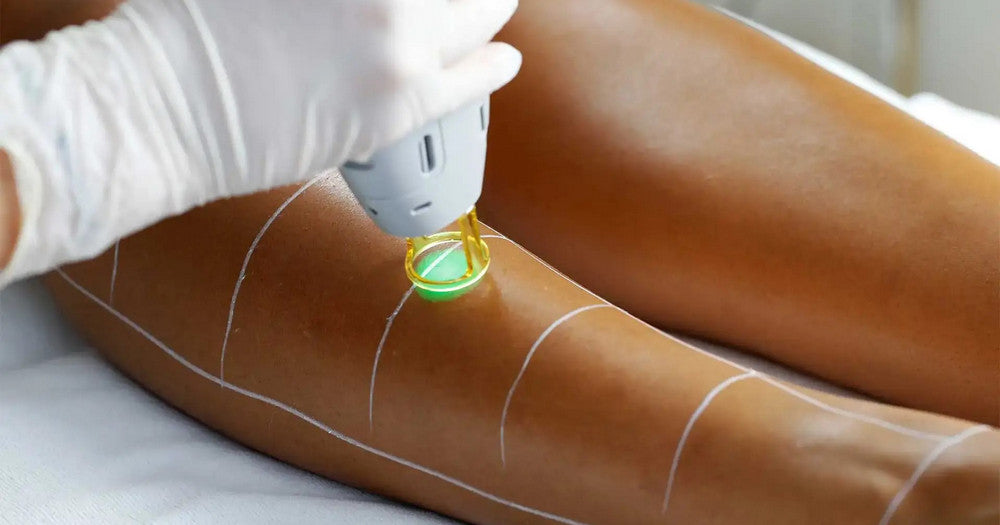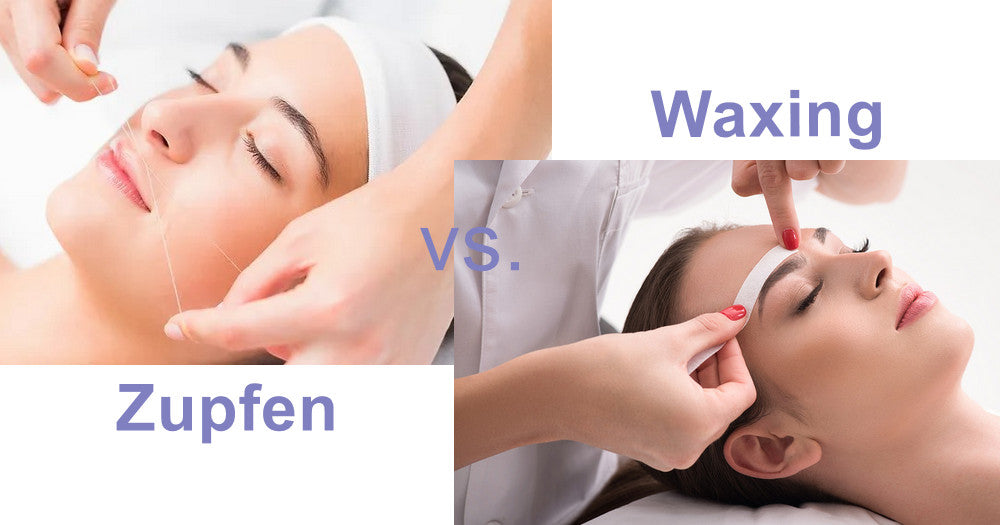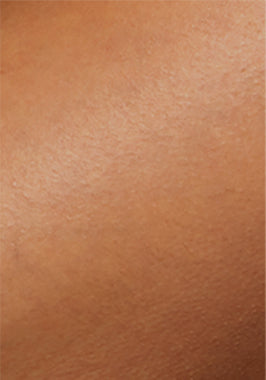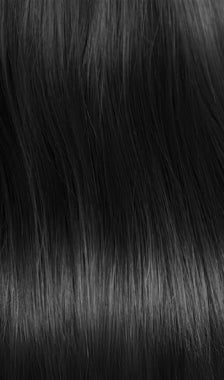A laser hair removal patch test is a simple procedure performed before deciding on a laser hair removal treatment. It involves testing a small area of the skin to be treated to determine which laser precision is best suited to the client's skin and hair type and whether the treatments have any side effects .
A patch test helps the client to get a little insight into how the treatment will work and feel on their skin. It is advisable to do a patch test before fully committing to the treatment as this will help the therapist and the client to have a hassle-free laser hair removal experience.

- Part 1: What is a laser hair removal patch test?
- Part 2: Do you need a patch test for laser hair removal?
- Part 3: Laser Hair Removal Patch Test Reaction
- Part 4: How to prepare for the laser hair removal patch test?
- Part 5: Performing Patch Testing – Steps
- Part 6: Conclusion
What is a laser hair removal patch test?
A laser hair removal patch test involves testing what works best for the skin a few days before the full treatment and preventing further complications. Patch tests are performed depending on which areas the client wants to have treated. Different patch tests are performed for different areas depending on the skin and hair type.
During the procedure, the expert uses different precision laser beams to see which one is best suited for the treatment. This allows him to tailor the laser treatment to the skin type, hair type and the skin's response to the treatment. This procedure is undoubtedly the one that produces the best results.
Do you need a patch test for laser hair removal?
Yes, it is highly advisable to undergo a patch test before laser hair removal as it can help avoid complications after the treatment. For people with sensitive skin and previous or current skin problems, a patch test can make a huge difference as it perfectly assesses whether the treatment is suitable or not.
Why is patch testing so important?
- Prevents complications : All side effects of the treatment are visible after the patch test. This helps both the practitioner and the client to understand the complications that the procedure entails and to adapt the treatment accordingly.
- Helps to customize treatment: Skin and hair types vary not only from person to person, but also from one body part to another. A patch test helps to analyze what is best for the desired area and customize the treatment accordingly.
- Provides insight into the treatment : This gives the client an idea of how the whole procedure would feel and allows them to decide whether or not they want to continue.

laser hair removal patch test reaction
The patient may notice these reactions after a patch test:
-
Slight swelling
Swelling usually occurs 3 to 4 minutes after the procedure. A cold compress will help manage the swelling.
-
redness on the skin
The heat generated by the laser beam will irritate the skin and cause redness. This should normally disappear within a few minutes. Using aloe vera gel should help reduce the redness.
Severe pain , bumps and blisters are a sign of serious side effects or complications. It is advisable to contact the expert and have the area treated.
How to prepare for the laser hair removal patch test?
- Book the session 48 hours before the full treatment : This will help to understand if the treatment has any side effects and will help in deciding whether to undergo the treatment or not.
- Trim before patch test: Trimming the area before the procedure can simplify the process and prevent obstacles. It also helps the expert understand the hair type.
- Do not wax or pluck : The hair root is crucial for the laser hair treatment to work effectively. Waxing or plucking hairs renders the treatment pointless.
- Avoid certain medications : Do not take ibuprofen for 7 days before the patch test.
Performing Patch Testing – Steps
- The expert assesses the hair and skin type and marks the appropriate area for a patch test.
- Then the hair in that area is shaved and a cooling gel is applied.
- The laser beam is adjusted from lower to higher precision depending on the skin and hair type.
- The patch test is performed and the customer is advised to be alert for any unwanted side effects that will appear over the next 2 days.

Patch Test Observation & Result Analysis
The expert will identify any side effects such as blisters, redness or swelling and advise the client. Further analyses will be carried out to adapt the treatment to avoid side effects and to check whether the treatment is suitable for the client.
A patch test usually has little to no side effects. Some common side effects that may occur are redness and swelling. However, this is not a cause for concern. Any other appearances such as painful bumps, blisters or scars are a sign that you should get checked out by an expert or a doctor.
Adjustments & Recommendations
The experts change the settings of the laser beam depending on the patient's skin and hair type. Thick hair requires greater precision of the laser beam, while the opposite is true for fine hair.
The expert then creates an individual plan and discusses it with the client and determines the number of sessions.
If the treatment still causes severe side effects and skin reactions, you should switch to other forms of hair removal such as waxing, threading or shaving.
Conclusion
Patch testing is extremely important for a number of reasons. It helps to understand how the body reacts to the laser, what adjustments need to be made, and how to perform the treatment safely. A patch test is especially important for those undergoing laser treatment for the first time, those with sensitive skin, and those with a low pain tolerance.




























